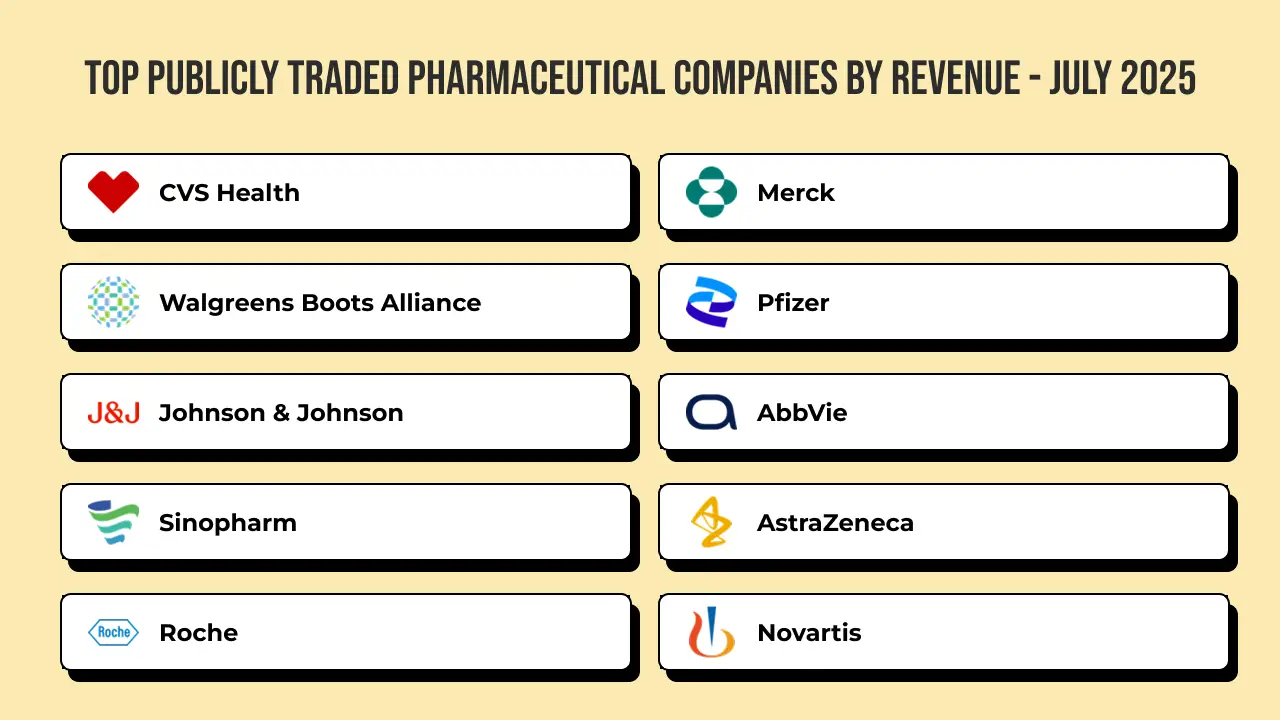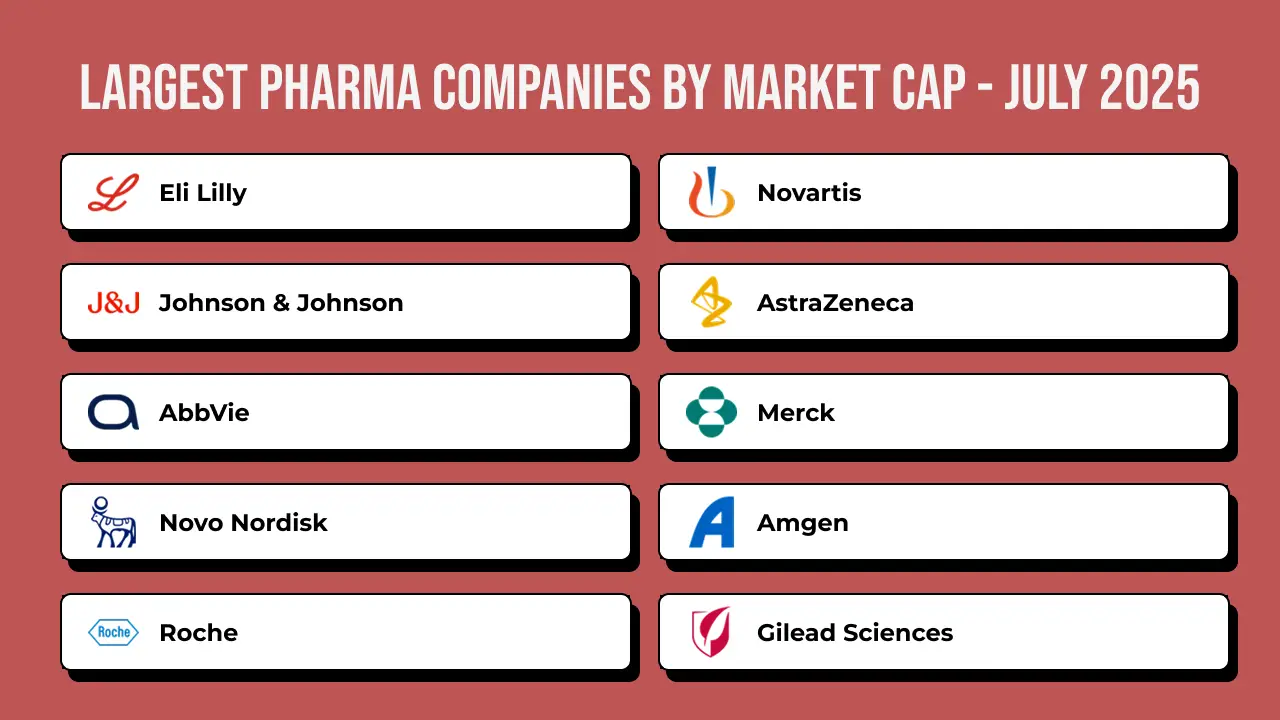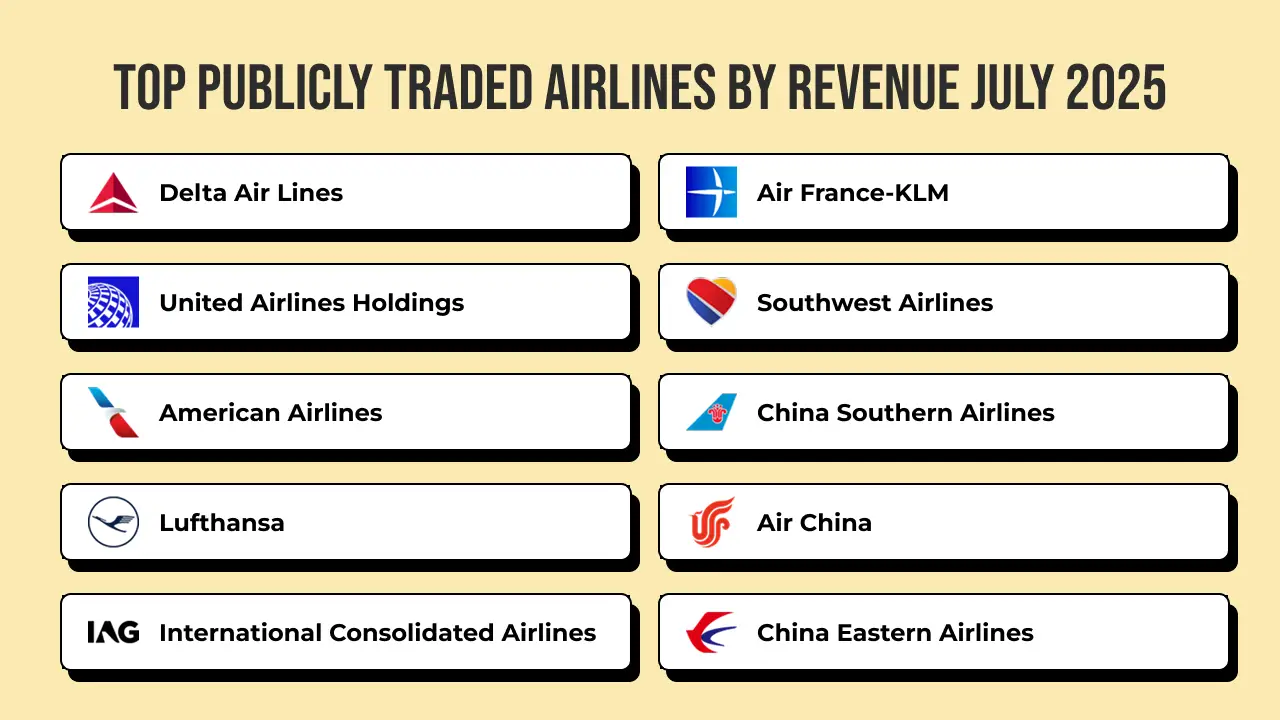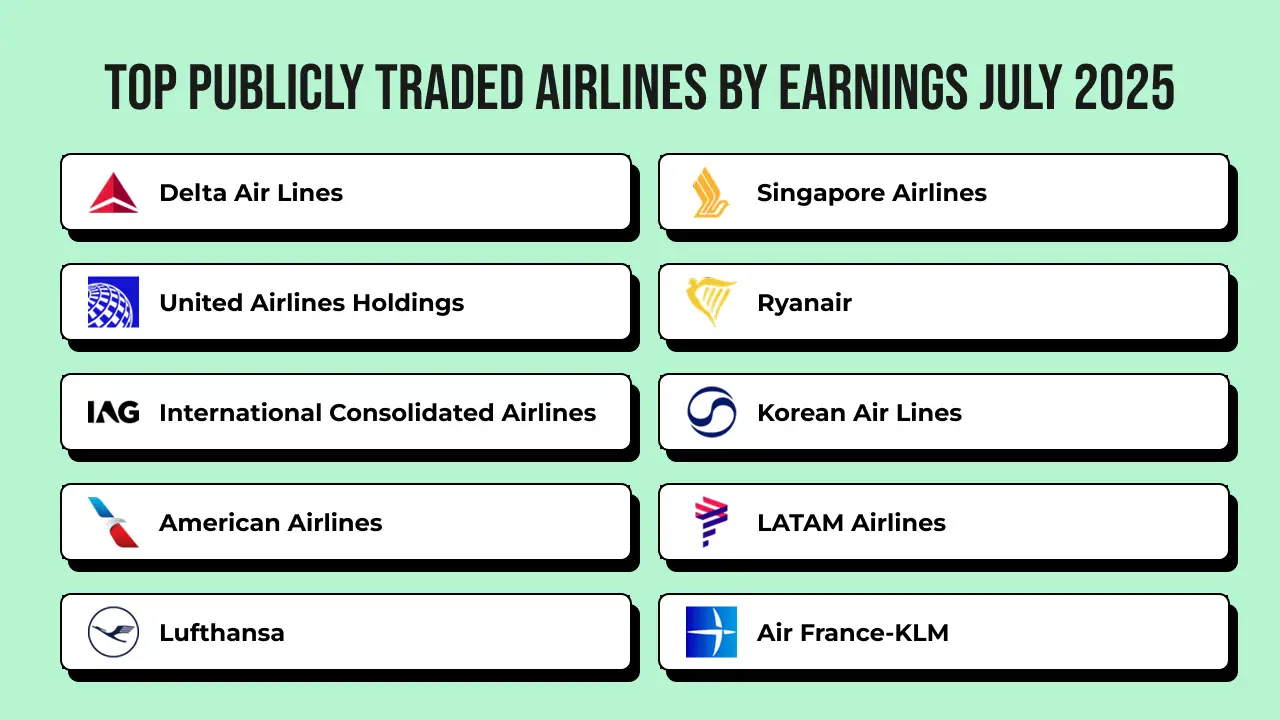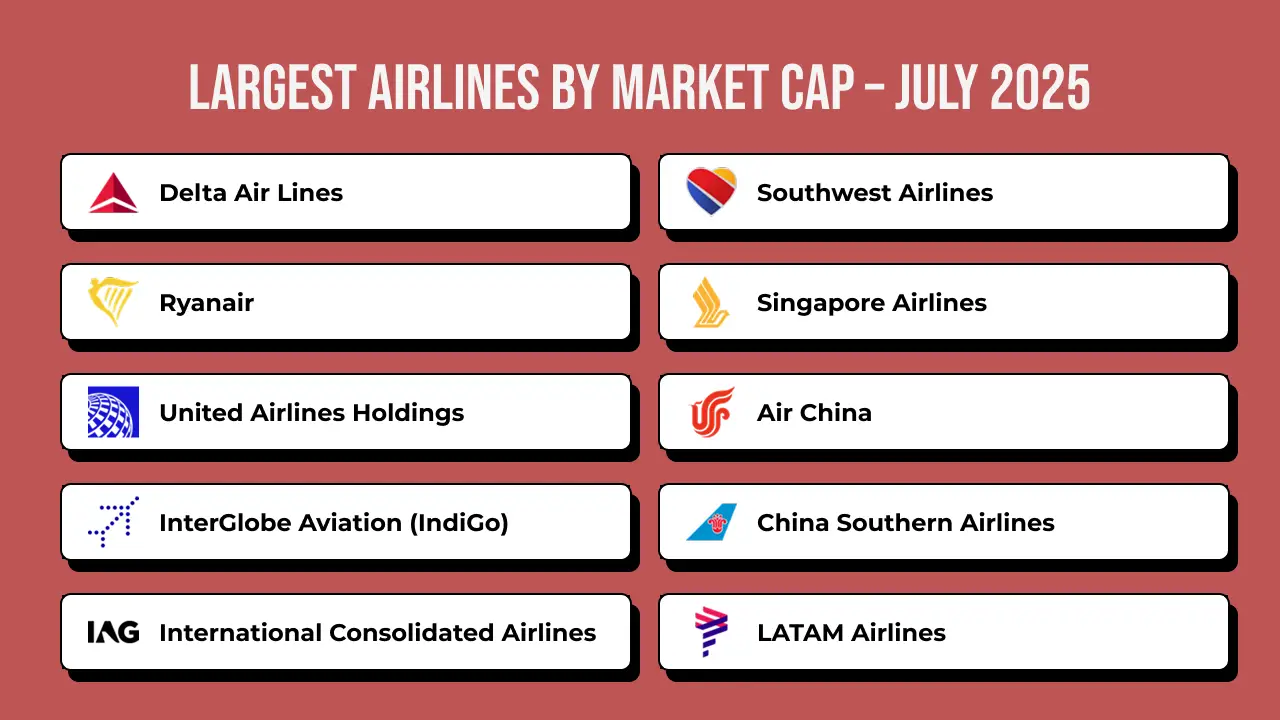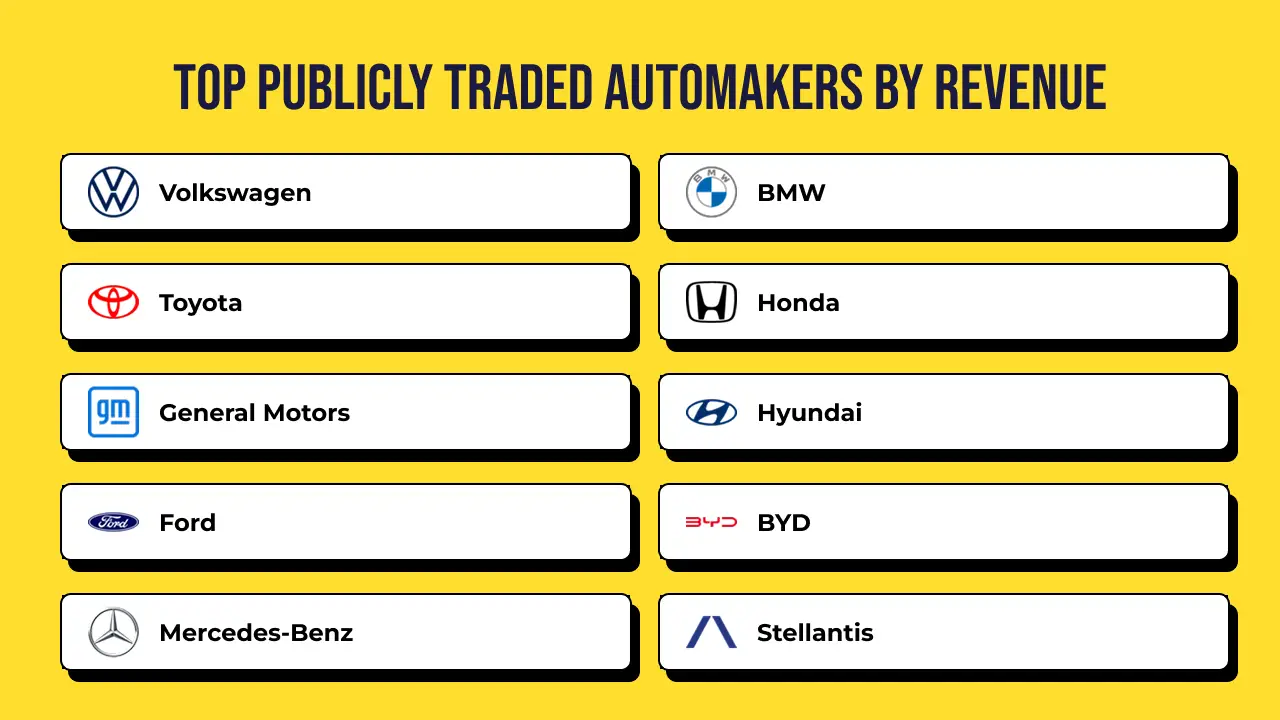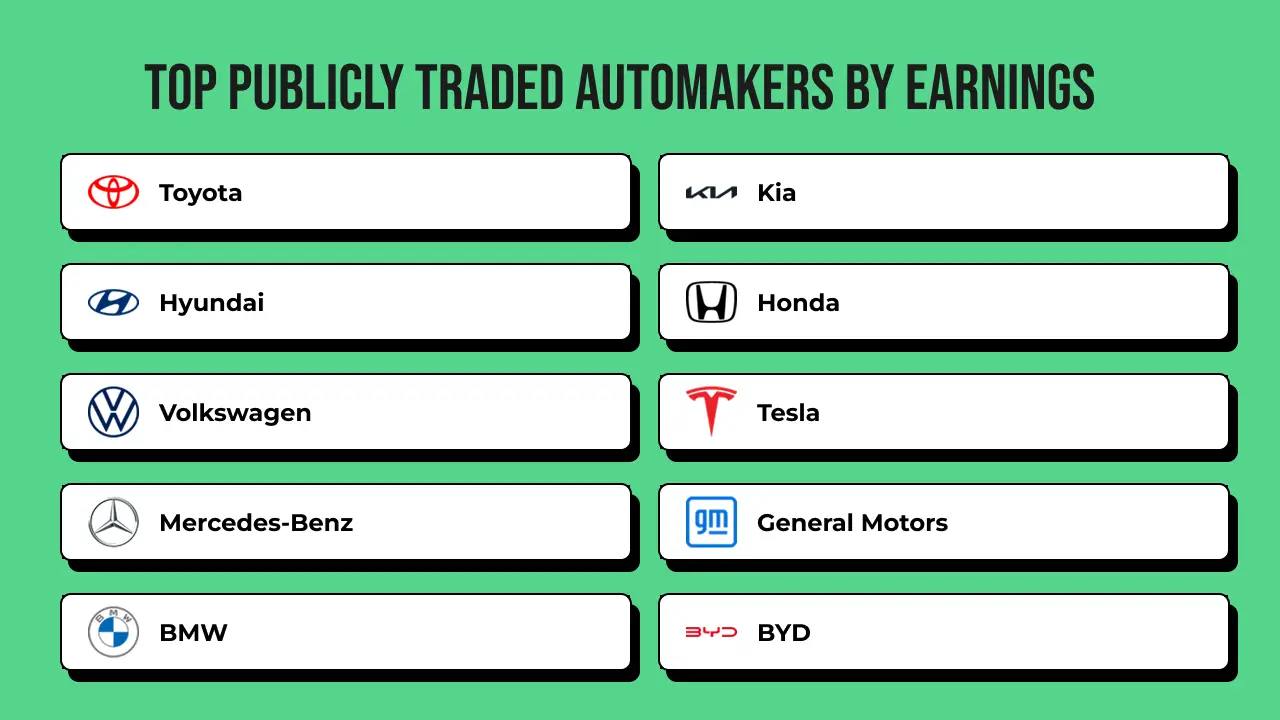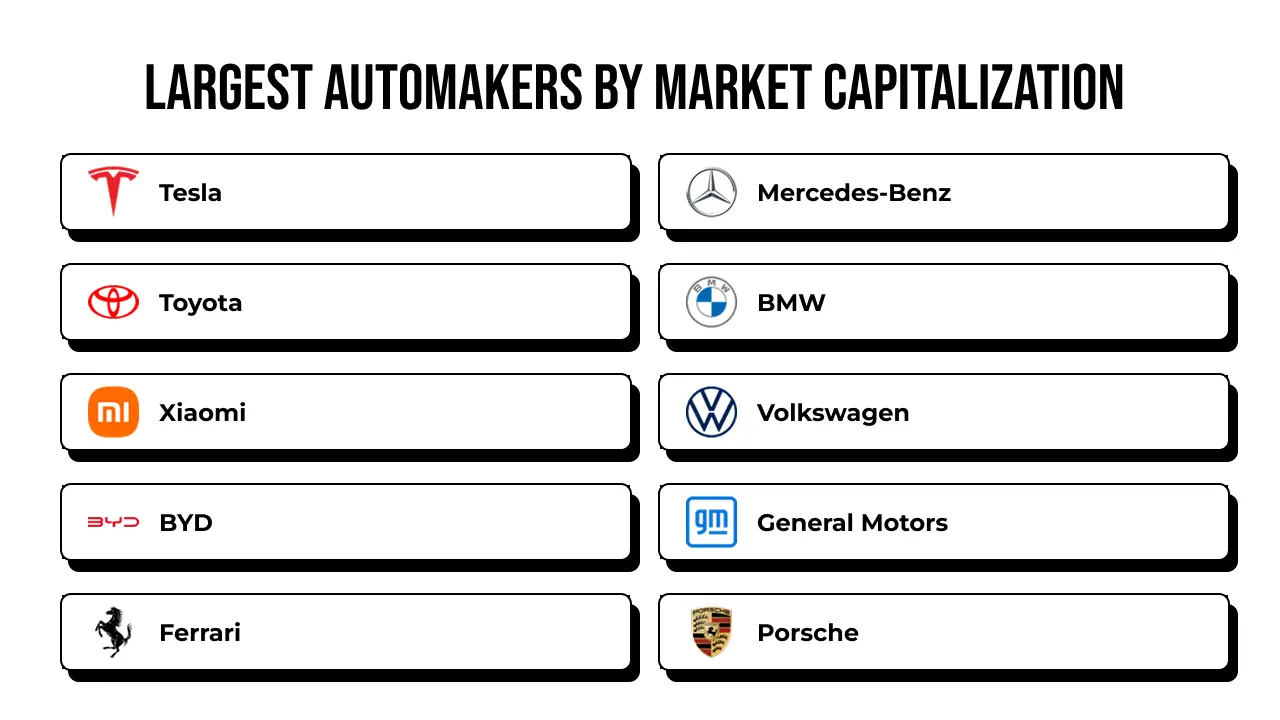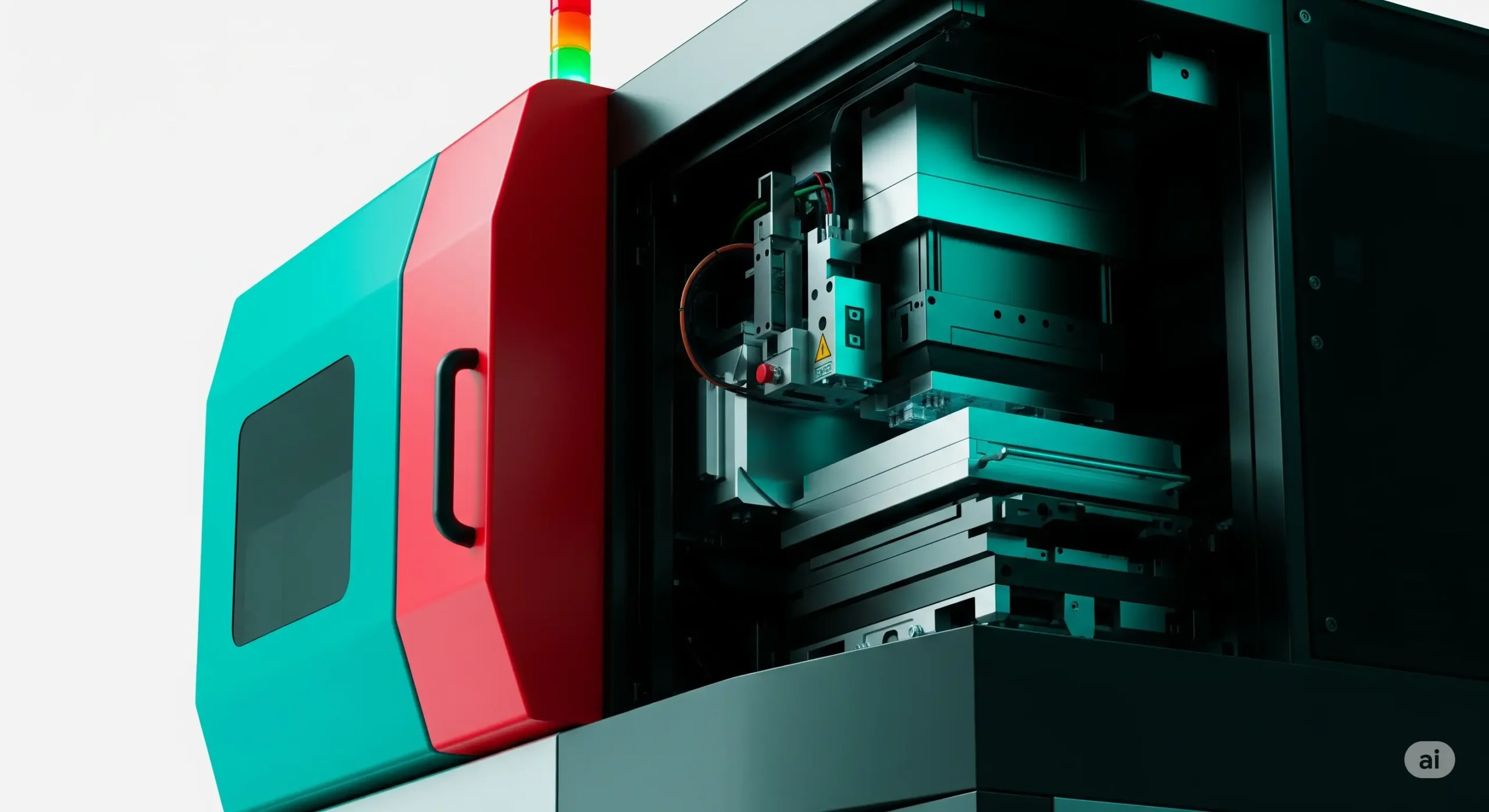I’ve been diving into the AI agent market, and its growth is nothing short of staggering. As of 2024, the market is valued at approximately $4.2 billion, with projections estimating it will soar to $50.3 billion by 2030, driven by a compound annual growth rate (CAGR) of around 43.5%. This explosive expansion is fueled by increasing demand for automation across industries, from healthcare to finance, as businesses seek to streamline operations and enhance decision-making. The integration of machine learning and natural language processing (NLP) into AI agents is transforming how companies interact with customers and manage internal processes. My analysis suggests that advancements in cloud computing and the growing adoption of AI-driven solutions in small and medium enterprises are key catalysts. The push for cost efficiency and scalability is also accelerating investment in AI agents, as organizations aim to stay competitive in a rapidly digitizing world. The data I’ve reviewed points to a future where AI agents are central to operational strategies, reshaping industries with their ability to process vast amounts of data in real time.
Exploring the segments of the AI agent market, I’ve found that it’s divided into categories like chatbots, virtual assistants, autonomous systems, and robotic process automation (RPA). Among these, chatbots hold the largest share, accounting for roughly 38% of the market in 2024. Their dominance stems from widespread use in customer service, e-commerce, and social media platforms, where they handle inquiries with remarkable efficiency. Virtual assistants, like those powering smart home devices, are also gaining traction, driven by consumer demand for personalized experiences. Autonomous systems, used in industries such as manufacturing and logistics, are growing steadily but lag behind due to higher implementation costs. RPA is carving out a significant niche, particularly in finance and healthcare, where repetitive tasks are common. My research indicates that chatbots will likely maintain their lead through 2030, as businesses prioritize cost-effective, scalable solutions for customer engagement. The versatility of chatbots, combined with advancements in NLP, makes them indispensable for companies looking to enhance user experience without massive overhead.
When I looked into the companies driving this market, a few names stood out. IBM, Google, and Microsoft are among the top players, leveraging their expertise in cloud computing and AI research to dominate. IBM’s Watson platform is a powerhouse in enterprise AI, offering robust solutions for industries like healthcare and finance. Google’s AI agents, integrated into its cloud ecosystem, excel in data analytics and machine learning applications. Microsoft’s Azure AI platform is another heavyweight, providing tools for building sophisticated AI agents. Other notable players include Amazon with its AWS AI services and NVIDIA, which is making waves with AI hardware and software for autonomous systems. My analysis shows that these giants are investing heavily in R&D to stay ahead, but smaller firms like UiPath in RPA and Drift in conversational AI are also carving out significant niches. The competition is fierce, with innovation driving market share.
Geographically, I’ve observed that the AI agent market is thriving in specific regions. The United States leads, holding over 40% of the global market share in 2024, thanks to its robust tech ecosystem and heavy investment in AI research. China follows closely, driven by government initiatives and a booming tech sector, with companies like Baidu pushing AI agent adoption. Europe, particularly Germany and the UK, is another key player, with strong demand in automotive and manufacturing sectors. Japan is also a significant contributor, leveraging AI agents in robotics and consumer electronics. Emerging markets like India are showing rapid growth, fueled by increasing digitization and a young, tech-savvy workforce. My findings suggest that North America and Asia-Pacific will continue to dominate through 2030, but Europe’s focus on ethical AI and regulation could give it a unique edge in shaping global standards.
The latest innovations in the AI agent market are thrilling to explore. One standout is the rise of generative AI-powered agents, which can create content, simulate human-like conversations, and even assist in creative tasks like design. A key trend I’ve noticed is the shift toward multi-modal AI agents that combine text, voice, and visual processing for more intuitive interactions. Another exciting development is the integration of AI agents with edge computing, enabling faster, localized decision-making in industries like autonomous vehicles. Ethical AI is also gaining traction, with companies focusing on transparency and bias mitigation. My research highlights that the trend toward hyper-personalization—where AI agents tailor experiences to individual users—is reshaping customer engagement. As I look ahead, the convergence of AI with IoT and 5G will likely drive the next wave of innovation, making AI agents smarter and more ubiquitous.


